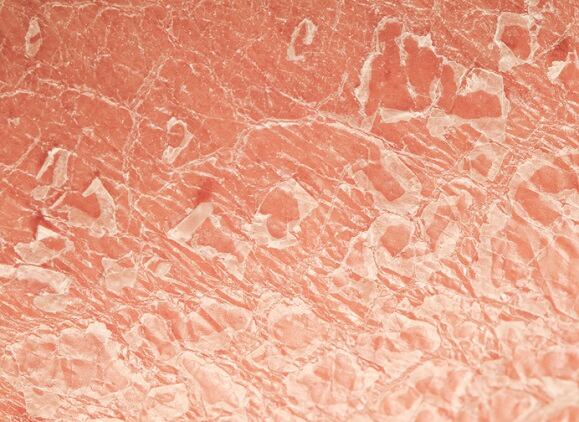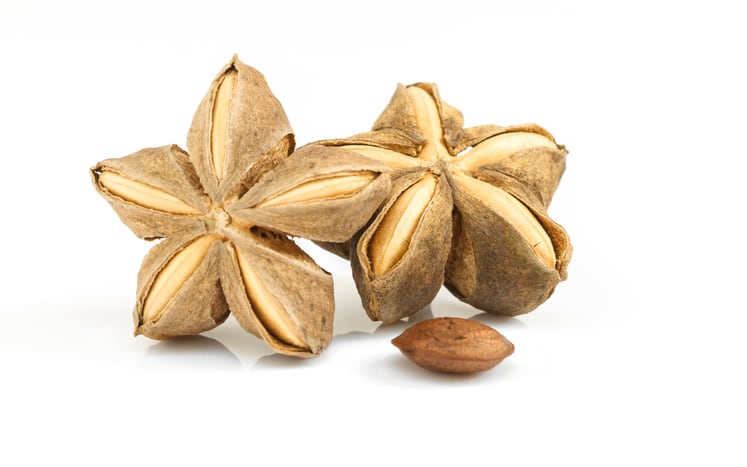Unsurprisingly, the skin microbiota – the population of microorganisms living on the surface of the skin – was a hot topic at this year’s SEPAWA Congress 2019 in Berlin two weeks ago. But as science advances and suppliers play catch up with innovative ingredients, conversation remains firmly on what ingredients and methods are best to target and manage the skin microbiota.
Managing the microbiota’s environment ‘the best way to help the skin’
Like some others in the field, Italian active and functional ingredients specialist ROELMI HPC has opted for a postbiotic molecule that targets the environment around the skin microbiota, rather than influencing the microbiota itself. Its ‘AECTive’ ingredient, derived from ectoine using a patented bio-fermentation process, helps rebalance skin homeostasis on all areas of the skin.
Andrea Maltagliati, marketing manager for personal care at ROELMI HPC, told CosmeticsDesign-Europe that using postbiotics to manage the original balance of the skin microbiota was “the best way to help the skin”.
This method also meant ensured the active ingredient was suitable for all skin types and all skin microbiota populations in the body, Maltagliati said.
“What we think is possible to do is create the condition for the indigenous microbiota to stay safer and balanced. If you work in this way, you are on the safe side – on the formulation side and also on the skin care side.”
Live probiotics and ‘dead’ probiotics for skin microbiota
Working with live probiotics, Maltagliati said, was almost impossible in cosmetics because of processing and shelf life and using ‘dead’ probiotics remained complicated because of the need to preserve and protect these ingredients during the application process.
“There’s a challenge because when we talk about microbiota, we talk about microorganisms and we know that in our personal care formulations we need to keep complete control of the microbiology of our finished products,” he told attendees during his presentation at the Congress.
The active ingredient ROELMI HPC had developed, however, didn’t carry these concerns because it was a postbiotic and could be formulated into a wide range of formulas without any microbiology issues, he said.
Ev Suess, technical director of cosmetics ingredients EAME at Symrise AG, agreed it was “not so easy” to incorporate live probiotics into cosmetic formulations because of the fine balance between controlling growth and keeping the probiotic alive.
However, Suess told attendees it was possible to incorporate ‘dead’ probiotics into formulations and this option provided a good choice for skin care brands wanting to work with probiotics or probiotic-derived ingredients.
Symrise had co-developed a processed probiotic ‘SymReboot’ with Probi for use in personal care formulations, for example. The non-living Lactobacillus, Suess said, was gently heat treated but maintained its intact cell structure that triggered the same response as live probiotics.
This processed probiotic, she said, had a positive influence on the skin barrier – proven both in vitro and ex vivo – and was stable in a range of cosmetic formulations, including those suitable for sensitive skin or children.
The future of cosmetics for the skin microbiota?
Asked what the future may look like for skin microbiota-targeted cosmetics innovation, Maltagliati said: “For the moment, it’s not so clear if it’s a trend of the moment or if it really is a new frontier. What is sure is that a lot of cosmetics industries are investing a lot of money in these kinds of claims and, again, it’s a challenge because you have to give the consumer a safe product but target microorganisms. It’s a challenge. We’ll see what happens.”




